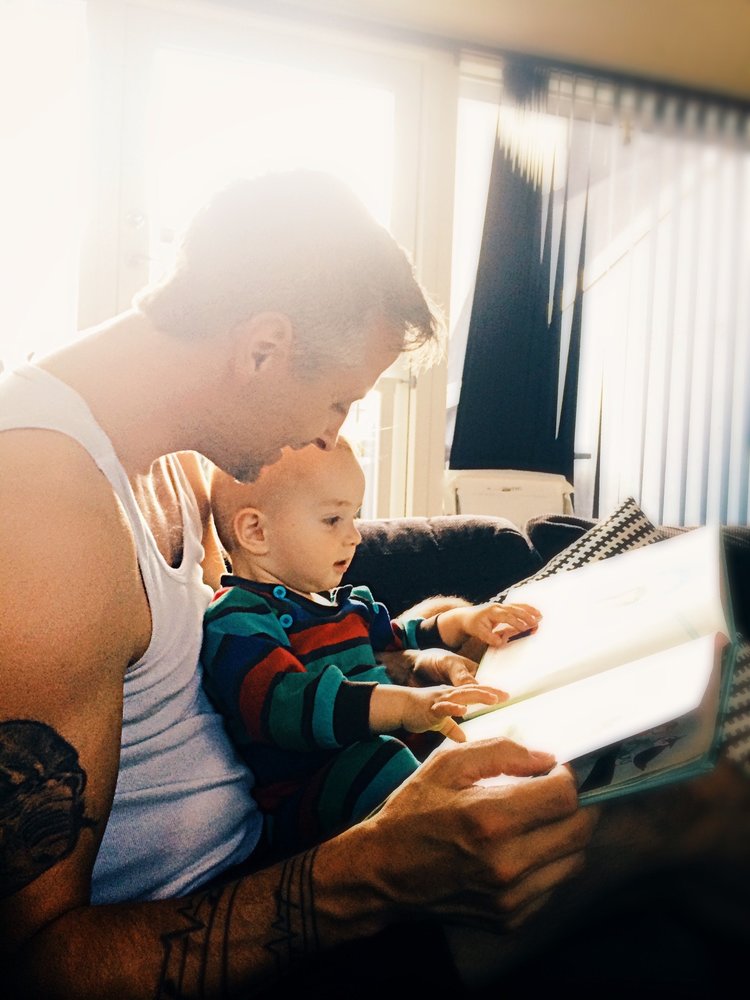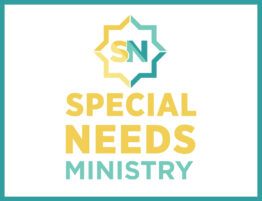
As a speech-language pathologist, my training has allowed me to help countless children develop verbal speech or alternative communication methods. I have listened to families express their desire to hear their child communicate or participate in their family routines. I know how these families feel, because I have experienced it myself.
My own child with special needs was nonverbal for years and is currently minimally verbal at age 13. My background has given me insight into ways to help her in areas that aren’t typically addressed by other professionals, prayer being one of them.
I had an ambition to teach my daughter to pray even though her spoken vocabulary was limited to a few words. I broke down the act of prayer, employed some well-known speech therapy techniques, and began helping her develop her own prayer life. Like many other skills we have worked on in the past, this took time and repetition, but my daughter learned to pray.
Here is what I did to help her:
Teach the prayer position.
The physical position of prayer is a good beginning, especially when speech is limited. A bowed head, closed eyes, and folded hands is an act of contribution to prayer that a child who is nonverbal can make. When an adult prays out loud while modeling a bowed head, closed eyes, and folded hands, the child should be encouraged to take the same position. This will help the child link those actions with prayer. Don’t undervalue this posture. This can be a way for the child to indicate the need for or desire to pray, in addition to joining in with an actual prayer.
This was the first and easiest step in the process of teaching my daughter to pray. As she got older, she recognized when other people were in prayer too. During church, she would say, “Mama,” while folding her hands as if to tell me or ask me if people were praying. She caught on to the act of prayer, and it was exciting.
Pause for the amen.
Generally, prayer ends with the same phrase or word. In our family, we tend to end prayer with, “In Jesus name we pray, amen.” Ending in a familiar phrase can lead to the child saying a predictable word.
At the end of our bedtime prayers, I paused and waited for my daughter to contribute an amen. Pausing gave my daughter the opportunity and the expectation to say the word to end the prayer. My husband and I paused and waited for her to say “amen” for weeks, maybe months, when we prayed with her out loud. She had never said the word before, but we continued to pause in hopes she would learn the word. One day, she said something that resembled the word amen! It felt like a miracle. From that point on, her job during the bed time prayer was to say, “Amen!” The more she said it, the clearer the word became.
Source: Special Needs Parenting- Key Ministry

